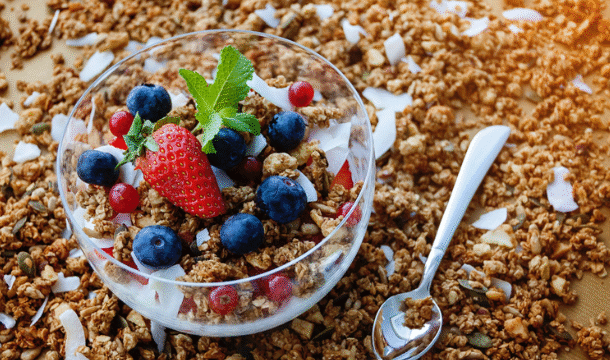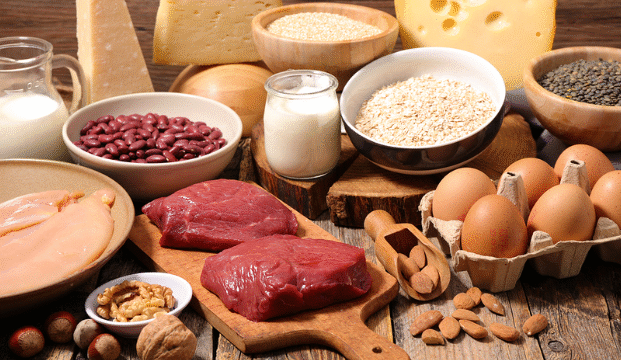1. Lean Proteins
Examples: Chicken breast, fish, tofu, beans, eggs
- Protein requires more energy for digestion compared to carbohydrates or fats.
- Including lean proteins in meals may help you feel full while supporting muscle health.
2. Chili Peppers
- Chili peppers contain capsaicin, a compound studied for its mild thermogenic effect.
- Even small amounts of spice can enhance flavor without adding extra calories.
3. Green Tea
- Green tea is rich in antioxidants, including catechins, which have been studied for their potential role in supporting metabolism.
- It’s a calorie-friendly beverage option compared to sugary drinks.
4. Coffee (in moderation)
- Caffeine is a natural stimulant that may temporarily support alertness and energy use.
- Black coffee or lightly sweetened versions are the healthiest choices.
5. Whole Grains
Examples: Brown rice, oats, quinoa
- Whole grains contain fiber, which slows digestion and requires more energy to process than refined grains.
- They also help maintain steady energy levels.
6. Spices like Ginger and Cinnamon
- Certain spices are linked with mild thermogenic properties.
- They add flavor naturally and can replace higher-calorie sauces or sugar.
7. High-Fiber Vegetables
Examples: Broccoli, spinach, kale, carrots
- Fiber-rich vegetables require more chewing and digestion, which may modestly increase energy use.
- They are nutrient-dense and support satiety.
Final Thoughts
Thermogenic foods on their own won’t make a dramatic difference in calorie burn. However, when combined with regular physical activity, balanced meals, and good hydration, they can play a role in supporting long-term health and energy balance.






